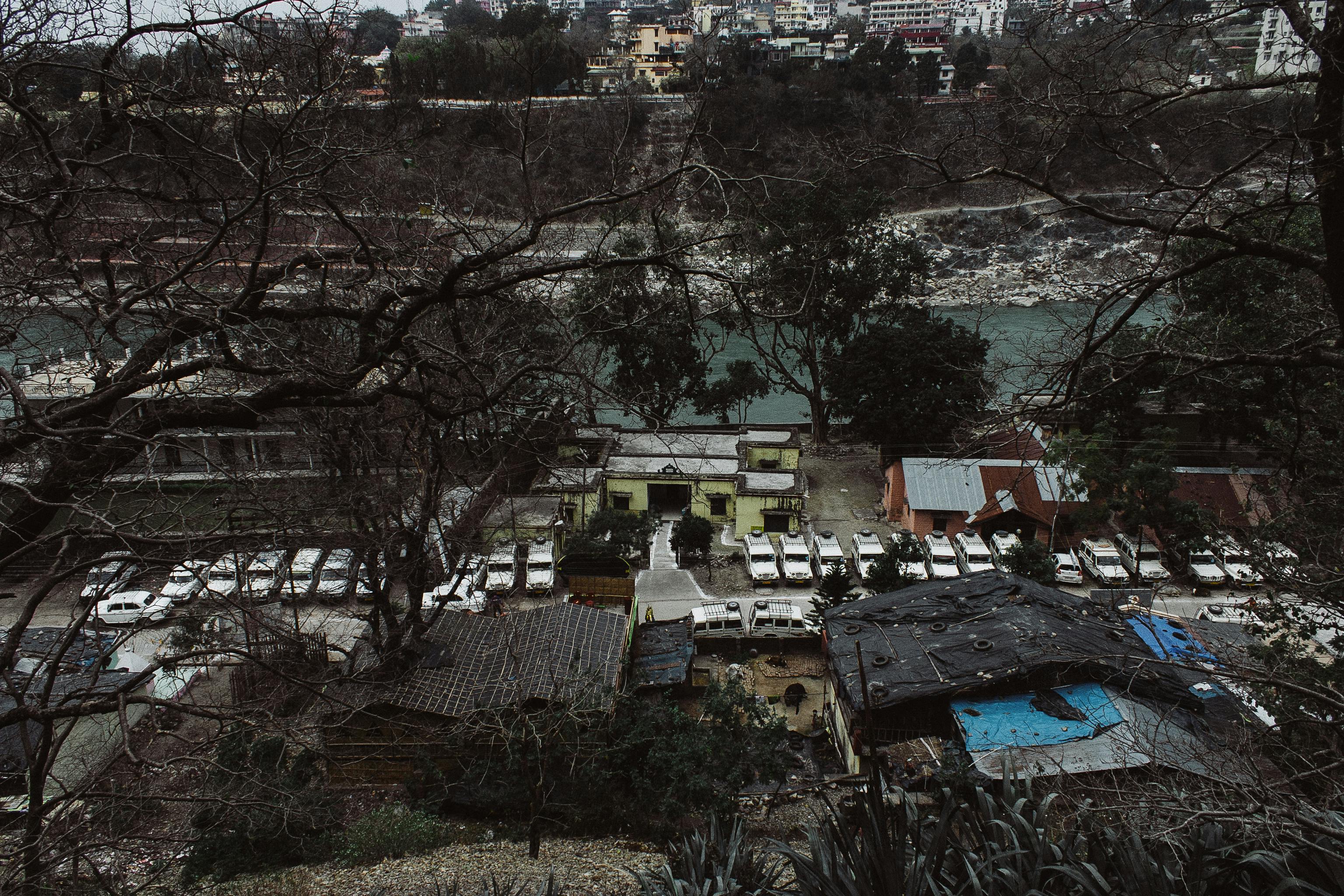
Reflections of my tour of Phnom Penh, Cambodia
36 years later, in front of the gate of the Royal Palace, in a public square, a dozen small children were playing. His parents, mostly in their twenties, had not yet been born when the horrific Khmer Rouge event occurred. They seemed as happy and innocent as their children. Time has healed, life has moved on.
Phnom Penh became the capital of the Khmer kingdom in the 15th century, replacing the much-lamented Angkor. Legend has it that an old woman named Penh found four Buddha images that had perched on the banks of the Tongle River. A city grew around the hill where she housed them for worship and came to be known as Phnom Penh (Penh Hill).
For centuries, Phnom Penh struggled to survive repeated attacks from its two powerful neighbors, the Vietnamese and the Thai, until the arrival of the French in 1863, who made Cambodia a protectorate, effectively protecting it from invasions. foreign until his departure in 1953. .
The French gave the city the layout we know today. Therefore, Phnom Penh has a specific colonial feel: grand boulevards lined with ancient trees, elegant villas surrounded by lush gardens; however, a new face of the capital seems to have formed, as some modern structures are being built, a landmark of modernity that the country is striving for.
In fact, the capital seems to enjoy a distinctly higher standard of living than the rest of the country: big trucks abound, the safe-deposit box business is a huge success as people find ways to store their newfound wealth and international schools are full of children from local families. wealthy families Of course, that image does not represent the majority of the inhabitants of Phnom Penh. The working class is certainly still very concerned about its daily profits. However, an impression of tranquility and abundance is very characteristic of the city today.
I decided to walk to the riverbank in front of the Royal Palace. It is a place where you can meet Cambodians from all walks of life: monks, intellectuals, businessmen, housewives, food vendors and beggars, attracted by the fresh air and the healing effect of the river. In one corner was a small Buddhist shrine, where devotees offered candles and lotus flowers placed in a fresh coconut. I watched a middle-aged couple ceremoniously shave their young son’s head. The latter was seated in a chair, with his eyes closed and his hands joined in a gesture of reverence. Apparently, he was preparing to enter aconite to fulfill his duty as a man and a son, bringing merit to his family, a tradition shared in all Theravada countries such as Thailand, Laos and Burma.
For all the interesting sights of Phnom Penh, its quiet markets, bars, restaurants, and the seemingly carefree laughter of its youth, I still cannot forget the tragic events that killed a quarter of the population of this country less than half century. I went into a bike shop to rent a bike and go for a ride. The store manager, a young woman in her early twenties, did not know how to get to my destination. She had never been to the Choeung Ek extermination camp, a museum of her country’s genocide past just 13km away, it’s probably a part of history she’d rather not know about.
The Choeung Ek extermination camp was surrounded by serene rice fields and villages. At first glance, the elegant memorial tower in the center of the site did not seem horrible at all, until I saw the pyramid of skulls with thousands of victims who had been killed at this site during the Khmer Rouge regime. My audio guide led me through all the mass grave points and then back to the memorial tower. There were no words to describe the resulting feeling of touring the site. The entire site was a terrifying display of the darker side of the human psyche, where circumstances turned people into killing machines, unable to connect with the most basic human consciousness: that of the value of life.
“The choice of the divine bird Garuda and the divine serpent Naga on the roof of the memorial tower is symbolically very significant,” the tour guide said. “In mythology, they are eternal enemies. Therefore, when worn together as ornaments, they represent a strong desire for reconciliation and peace.”
In fact, this spirit of reconciliation had been an attitude adopted by Cambodians in order to move forward, keep smiling and rebuild their country. This is how Phnom Penh has managed to put traumatized memories into museums and books, looking to the future and living life to the fullest now.

No Comment